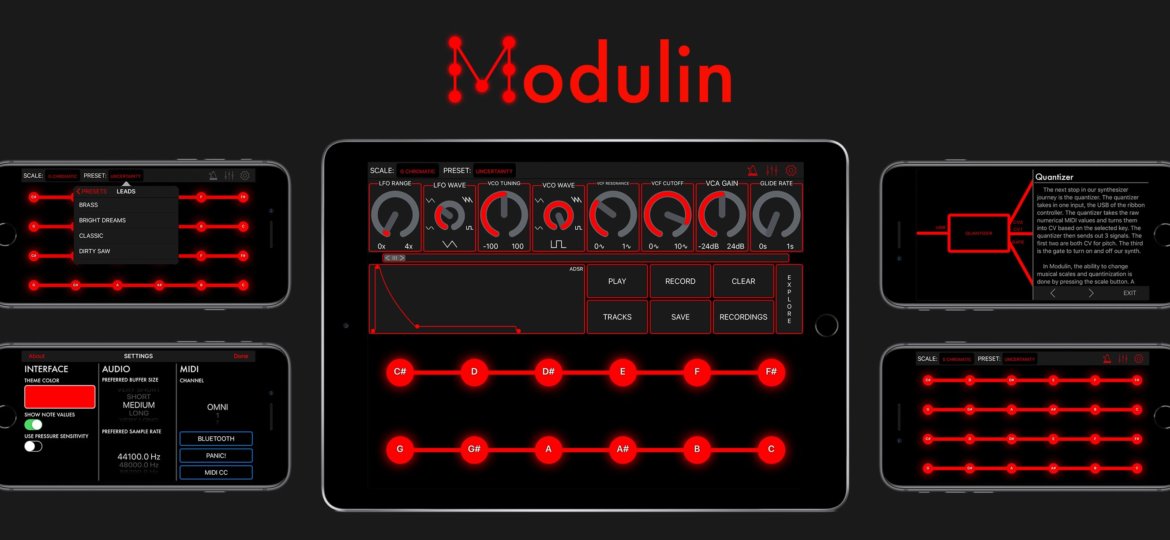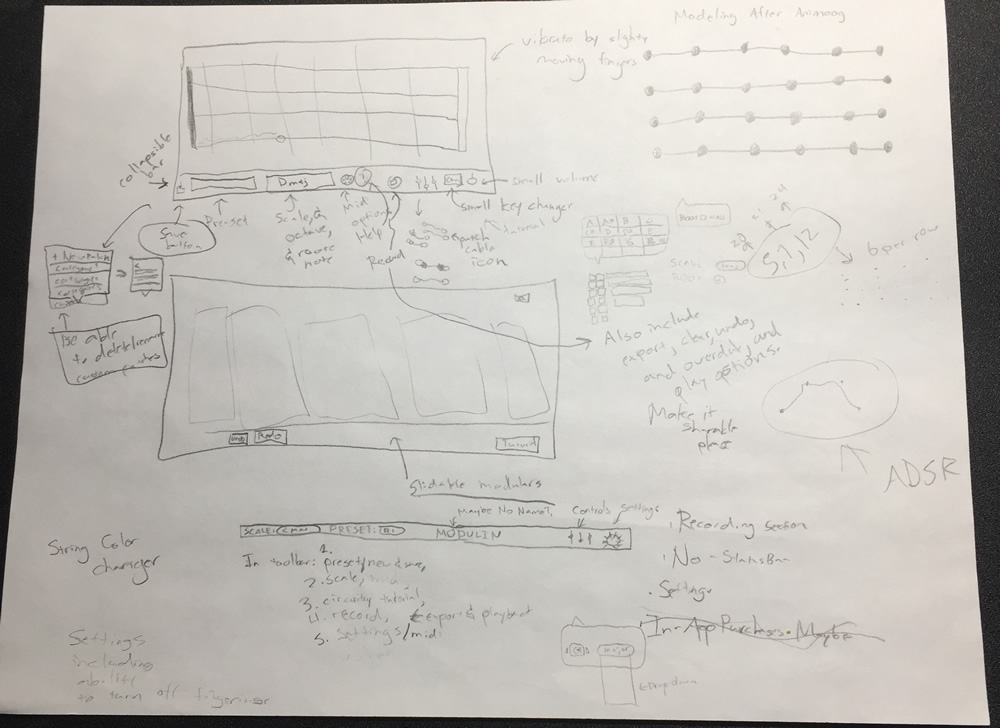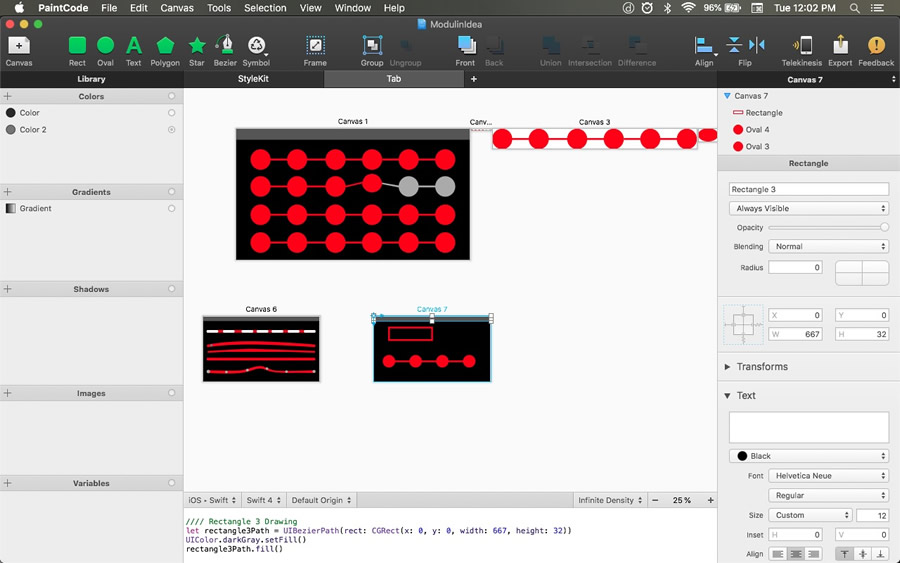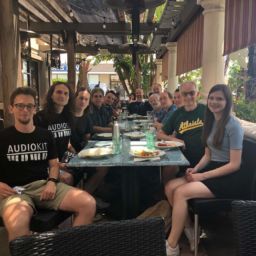
Modulin is a cool synth app built with AudioKit.
There’s an amazing twist.
Developer Grant Emerson made this awesome app before he was old enough to drive.
How did he do it?
He shared his inspiring story. Discover the making of Modulin …

From Grant:
Modulin was built out of my combined love for music and programming. I had about two years of experience doing iOS app development. Plus, four years experience playing electric and upright bass.
One day while looking up different bass guitars on the internet, I came across the Korg Volca Bass. I was immediately intrigued by it. This was where my synthesis journey began. I started looking up videos about modular synths and Moogs in my spare time, trying to figure out how simple modifications to electric signals could make music. One day I came across this video:
It was the most captivating and acoustically realistic sound I had ever heard a synthesizer produce. Luckily, I found a video where Wintergatan explained how the Modulin worked. Something about the way he explained it made everything suddenly click and make sense for the first time.

Creating custom interface controls with PaintCode
After watching those videos, I knew I had to make a Modulin for myself. The only problem was my lack of funds and the fact that each module on the Modulin cost at least $100. This was where the idea to create a Modulin iOS app started. I had no idea where to start, as this was by far the most complex project I had ever undertaken.
The first task was to create an app that just made a sound. It didn’t matter what it sounded like, I just wanted to hear something.
While researching the best way to synthesize sounds on iOS, I came across AudioKit. AudioKit was a familiar name, as it was the framework I had used in the past to create a multi-track recording app called MultiMic. The number one thing AudioKit offered while I was prototyping out Modulin was the catalog of playgrounds with documentation that explained in detail how DSP worked in code.
“The goal of Modulin is to be a personal and exciting way for any individual to learn about synthesis and utilize it in the production of their own music.”
While learning how to create synthesizers with AudioKit, I also started drawing out the flow of CV throughout a Modulin. I spent hours flipping frame by frame through Wintergatan’s videos making sure I drew all the wires and modules exactly how they appeared in the video.

After all the technical planning was complete, the final step was to draw out some designs. I believe design is one of the most unique aspects of Modulin. Unlike most apps, Modulin ditches the on-screen keyboard for a much different approach. A custom UI of dotted, stretchy strings make the Modulin interface inviting to users of all levels of expertise.
“AudioKit not only revolutionized the way developers create musical applications, it also set the standard for what an open source community should look like. Without the help and insight of fellow developers, Modulin would not be the app that is today.”
After planning was complete, I started the daunting task of programming it all out. Although there were bugs and new concepts to learn along the way, I never had the desire to quit. There’s something about building an app that you actually want for yourself that motivates you to push past all the setbacks and obstacles.
Great job, Grant!
Learn more and get the full future list at the Modulin webpage.



